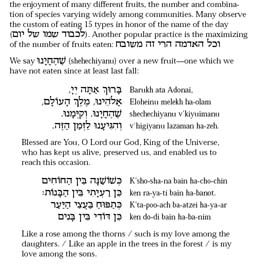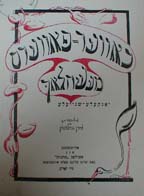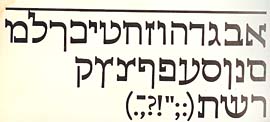 I have added two new webpages to support the workshops I will be giving at KlezKanada.
I have added two new webpages to support the workshops I will be giving at KlezKanada.
If you haven't added Hebrew resources to your computer and you are running Windows NT or later; MacOS, or Unix, then take a look at my Hebrew Keyboard Layouts page. So far, this is most useful to Windows users, but there are resources for most platforms. Let me know if they are helpful, if you find errors, improvements, etc.
In as succinct and short manner as I was able, I have outlined a few very basic type tips: things you absolutely need to pay attention to if you are doing songsheets, CD notes, or whatever. These rules are going to be new to a lot of people, and they will result in texts that look "funny". That's because usability is generally ignored, and most of the multilingual materials being distributed are dreck—that's a technical term that means "opposite of usable". Still, this stuff is very simple. It follows rules that have been used for thousands of years. We're going to have a short workshop, I think, and that's fine. I like to teach the way O'Reilly used to do books: only for as long as it takes to cover a simple subject.


 In my correspondence with Rabbi Bruce Pfeffer, he happened to mentioned that Hugh Schonfield's book on "New Hebrew Typography" (London, 1932) was impossible to find. What he didn't know, and I didn't know until I went looking for it, is that there is a webpage devoted to this curiosity, in which "... Schonfield ranted about his dissatisfaction with the Hebrew writing system. His complaints included a limited selection of typefaces, the lack of a captial-lowercase distinction, and finding Hebrew type ugly. His solution was to revise how Hebrew was written...."
In my correspondence with Rabbi Bruce Pfeffer, he happened to mentioned that Hugh Schonfield's book on "New Hebrew Typography" (London, 1932) was impossible to find. What he didn't know, and I didn't know until I went looking for it, is that there is a webpage devoted to this curiosity, in which "... Schonfield ranted about his dissatisfaction with the Hebrew writing system. His complaints included a limited selection of typefaces, the lack of a captial-lowercase distinction, and finding Hebrew type ugly. His solution was to revise how Hebrew was written...."

